
Prices rise as transition faces delays and hurdles
Renewable energy developers say there are plenty of roadblocks, ranging from planning issues, transmission delays and concerns they could be left with a stranded asset.

Renewable energy developers say there are plenty of roadblocks, ranging from planning issues, transmission delays and concerns they could be left with a stranded asset.

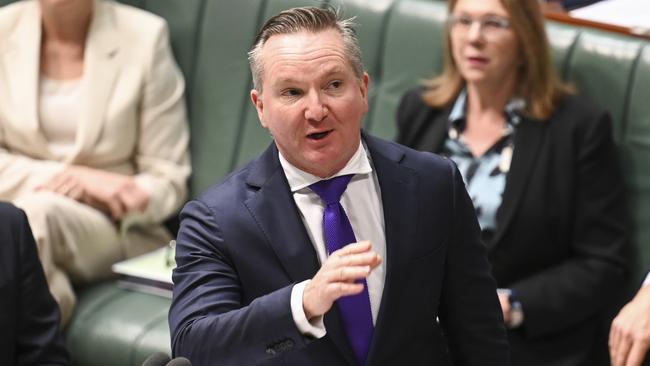


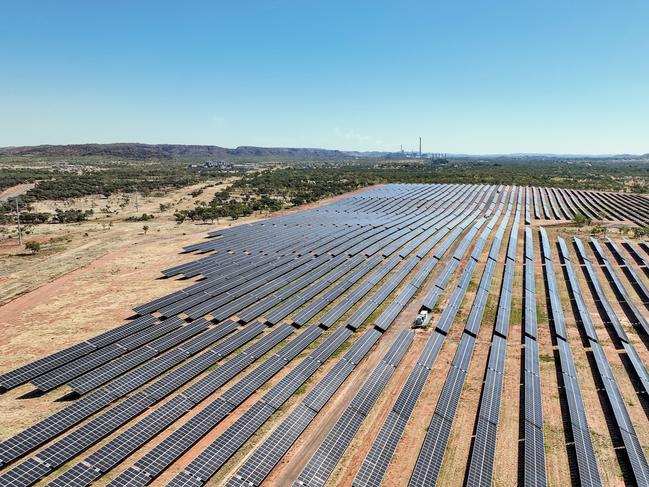
Energy wars started in the early 1990s, and after the fall of a few prime ministers in their wake, it seems they have a long way to go.
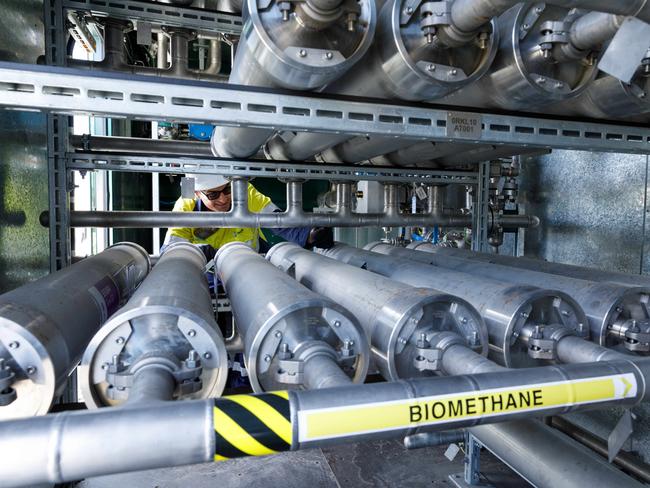
To develop a renewable gas industry that has the scale to decarbonise Australia’s industrial base, we need a supportive policy framework that views renewable gas as more than just a commodity
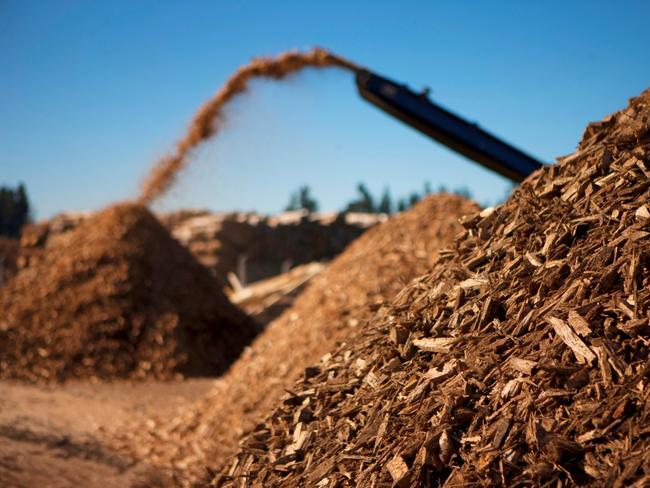
Advanced biofuels are compatible with existing fuel infrastructure, and Australia’s agriculture, forestry and engineering experience provides a solid foundation for a thriving biofuels industry.
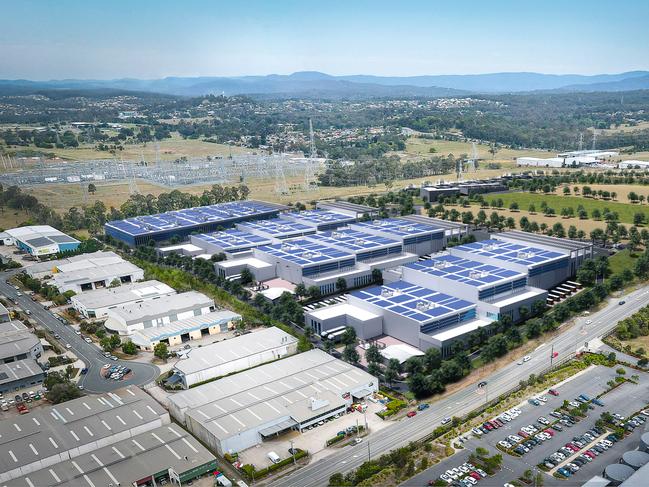
Quinbrook says Australia has enough renewable energy and raw materials to produce its own polysilicon and should be doing so.

Quinbrook says the Supernode project will incorporate a 200MW data centre, making it one of the largest data centres in Australia, if not the largest.
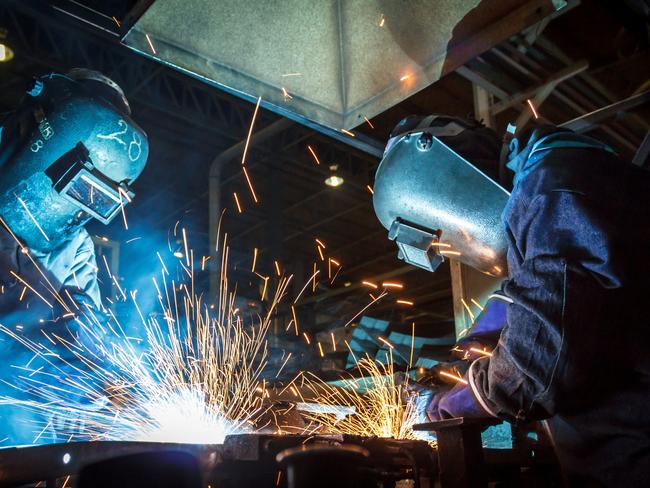
The Future Made in Australia Act is a fine balancing act to “arm wrestle” some value-add manufacturing and processing back onshore while hopefully retaining our key trade relationships.
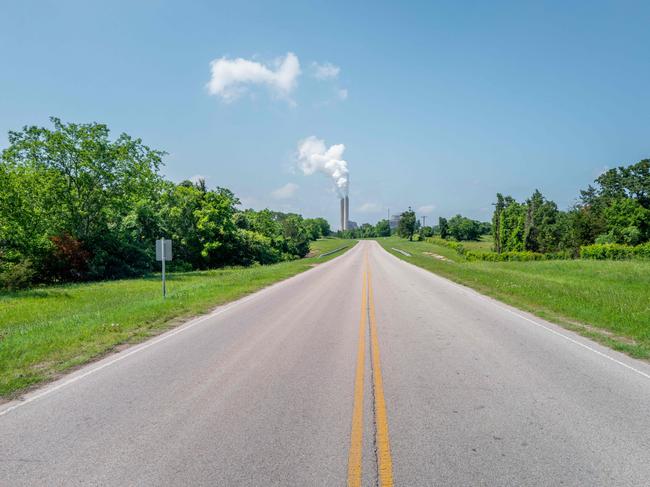
We are at the start of the next industrial revolution, and time is not on our side. We urgently need credible policies and focused incentives for carbon-emission reductions across multiple sectors.
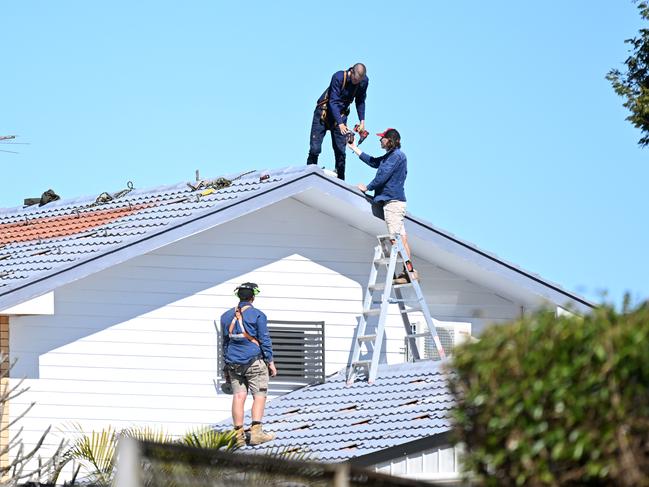
Three major waves of job creation are in the offing: solar and wind power development; transformation of regional centres; and the wider adoption of electrical devices at home and in industries.
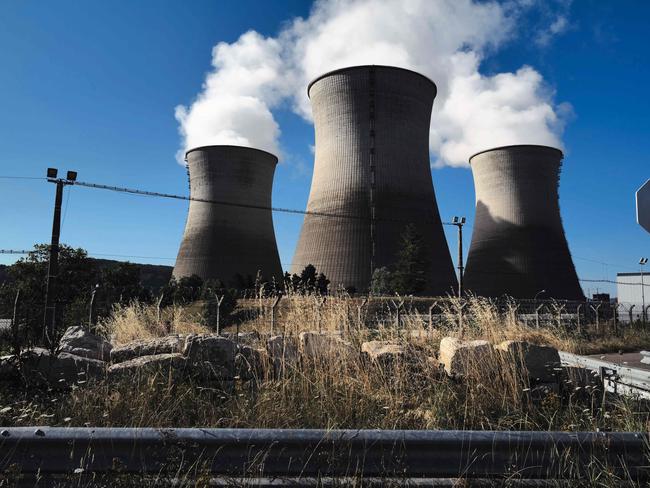
Federal Opposition Leader Peter Dutton’s pro-nuclear energy stance has boosted the fortunes of uranium companies, but question marks linger over its place in the energy mix.
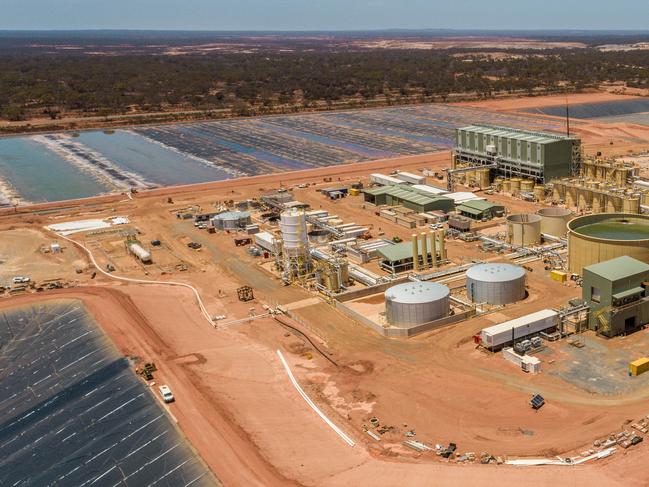
Australia is already a force to reckon with in the production of several critical minerals, including lithium, cobalt, manganese, and rare earths. The renewables economy is a key driver of demand.
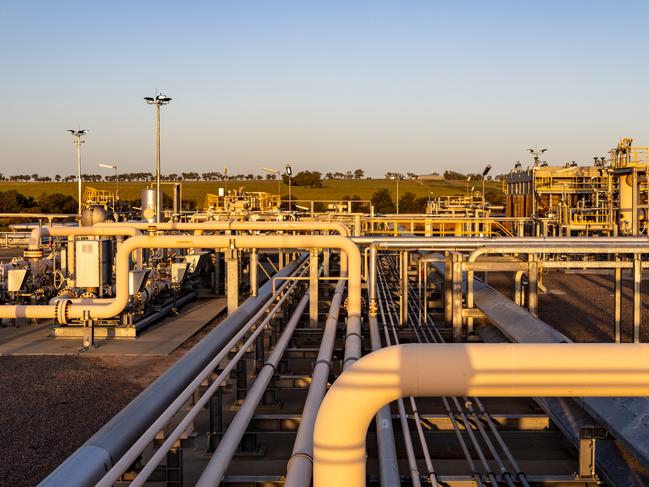
A study shows that gas prices would be higher for both residential and industrial customers in Sydney, Melbourne and Adelaide if they relied on imported LNG rather than domestically sourced gas.
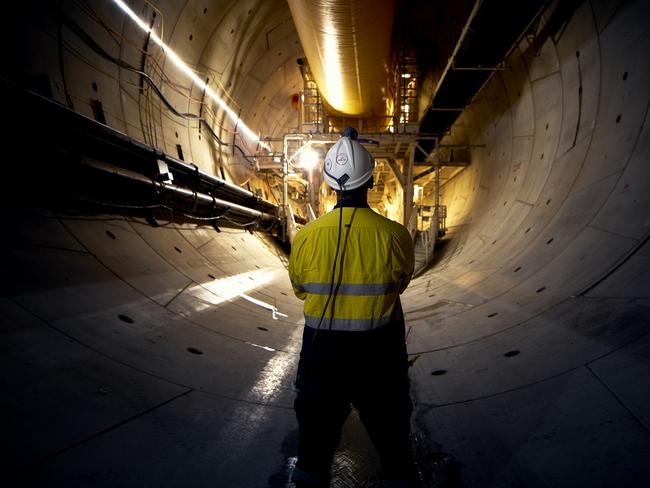
Although Australia is largely flat and often very dry, more than 120 hydro power stations operate across the nation, and the Snowy Mountains Hydro-Electric Scheme is the largest.

The stakes are high for the community and for businesses as we deal with the urgent challenge of climate change. Woodside is playing its role, constructing the Scarborough Energy Project, which is projected to create many jobs.

Globally, CCS is increasingly seen as an essential component of the technology mix, capable of decarbonising existing heavy industry and helping to meet stringent climate goals.
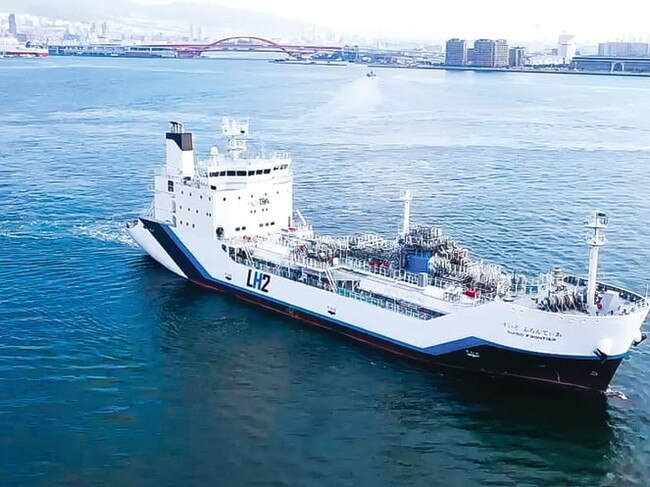
Australia’s National Hydrogen Strategy favours taking advantage of carbon capture and storage technologies to produce low-emissions hydrogen from coal and natural gas.
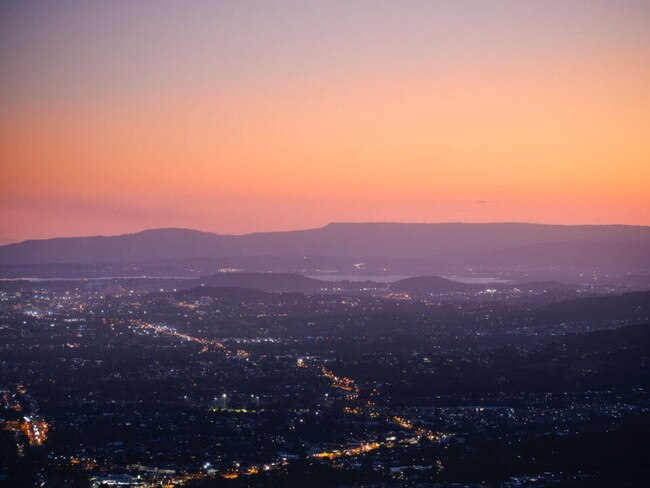
The energy grid for a net zero future is likely to include lots of wind and solar, some nuclear, coal and/or gas with carbon capture and storage, batteries, pumped hydro and conventional hydro.
Original URL: https://www.theaustralian.com.au/special-reports/energynation